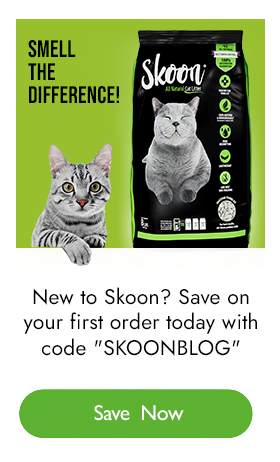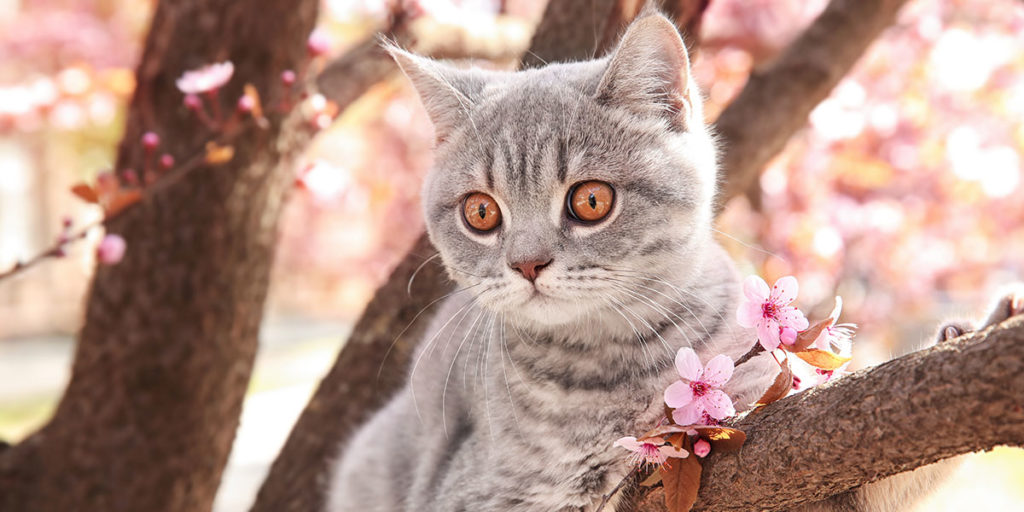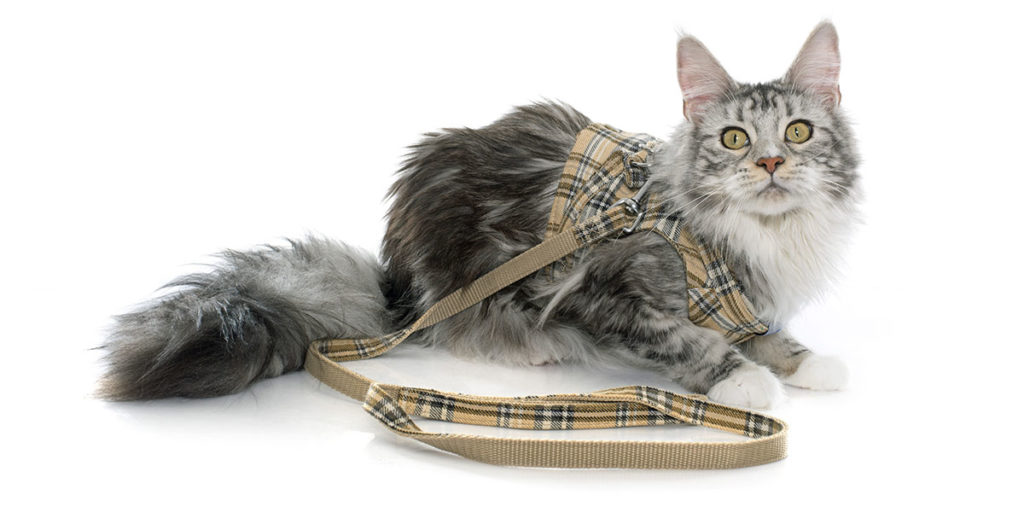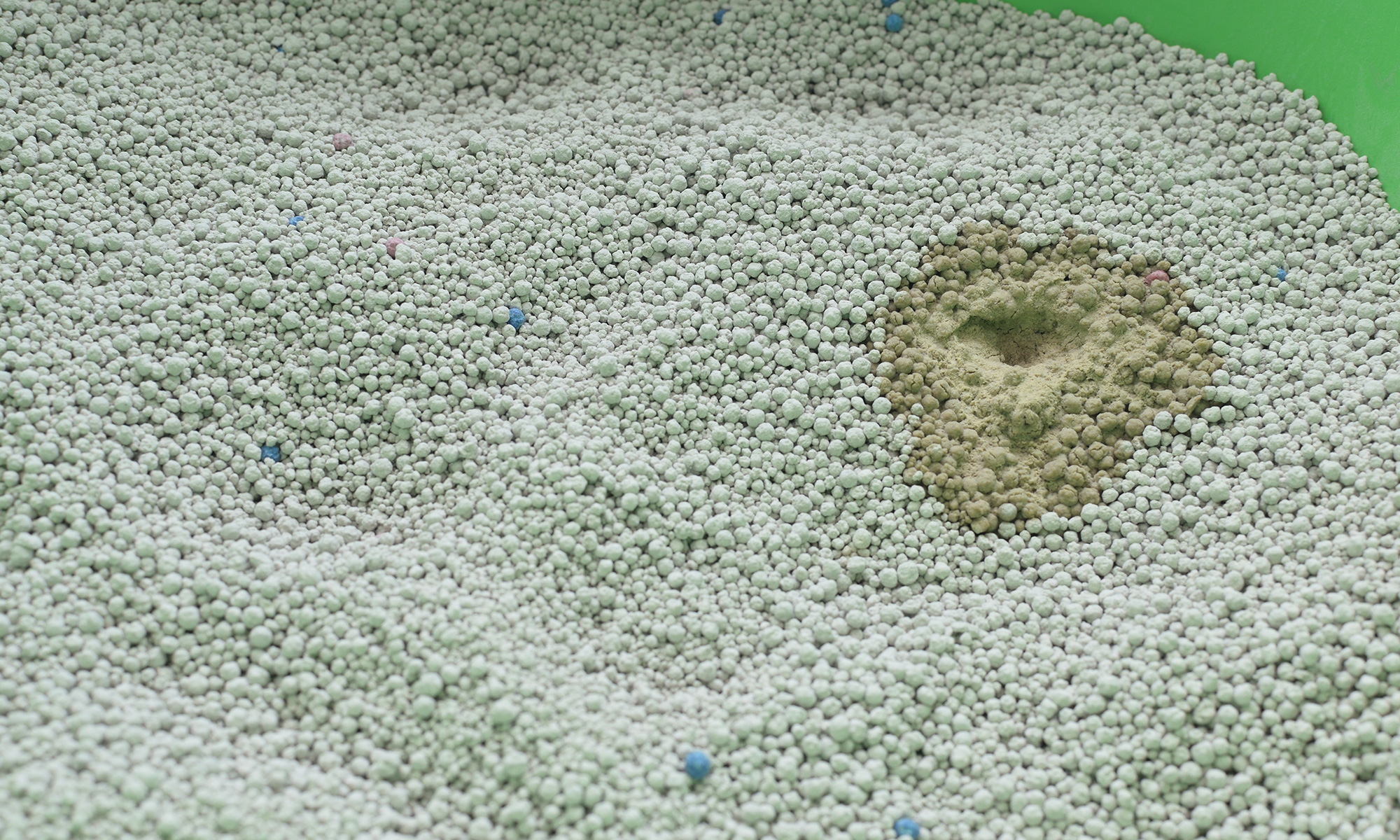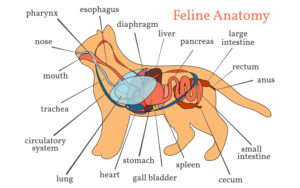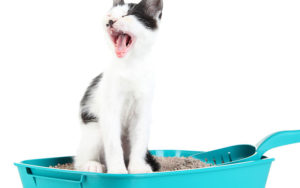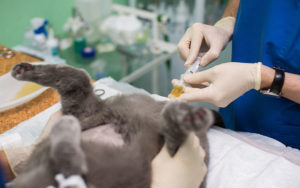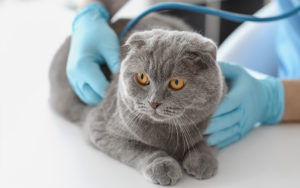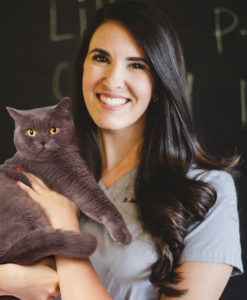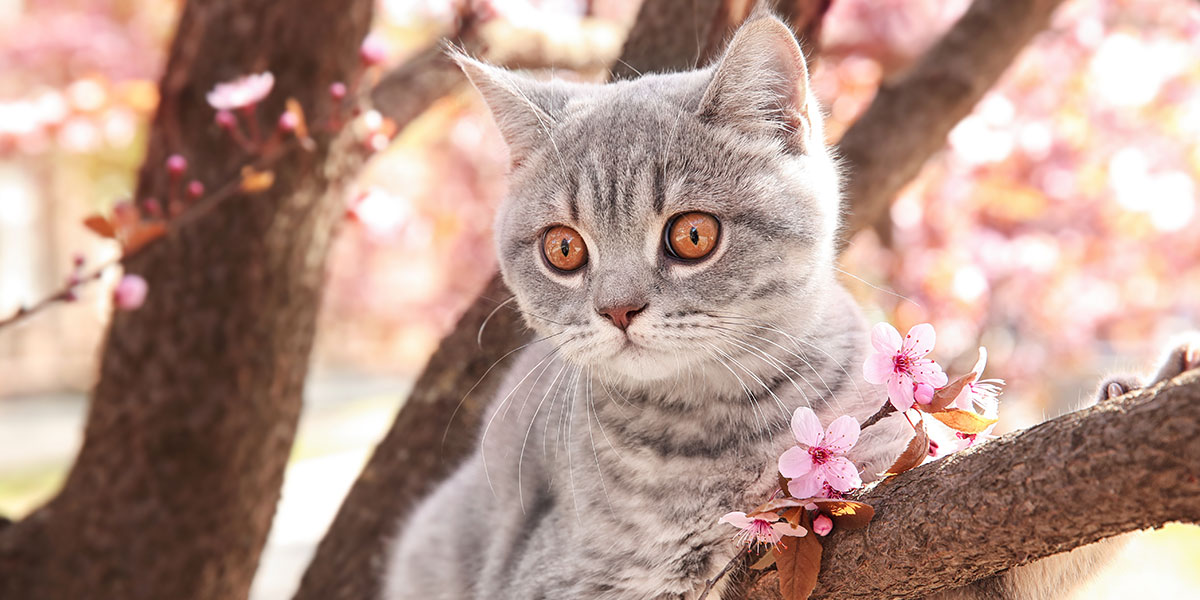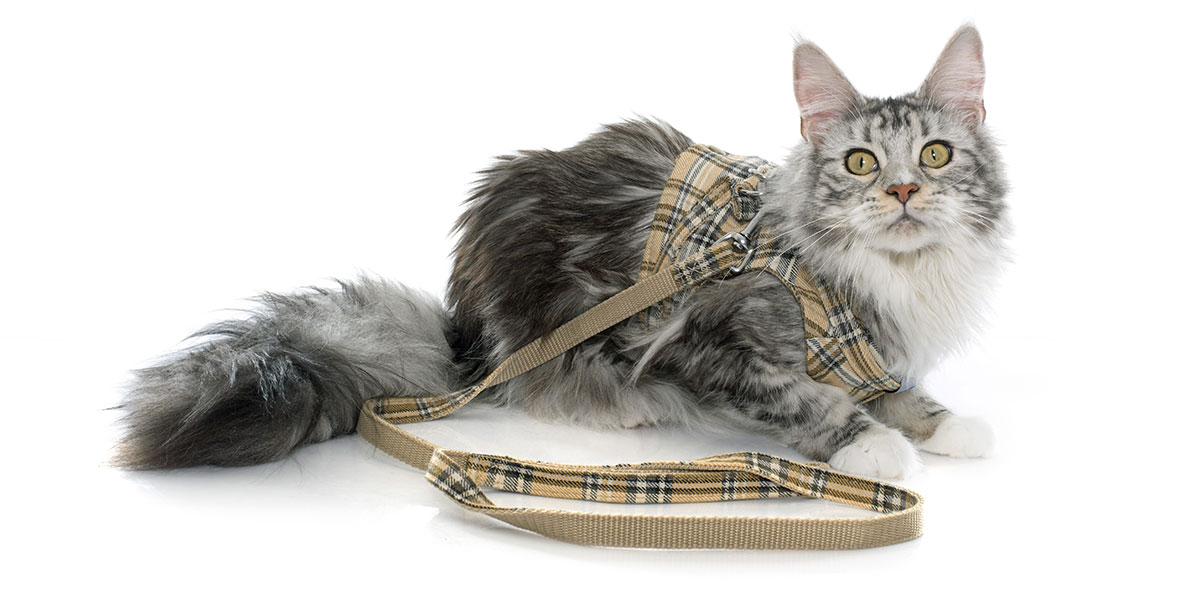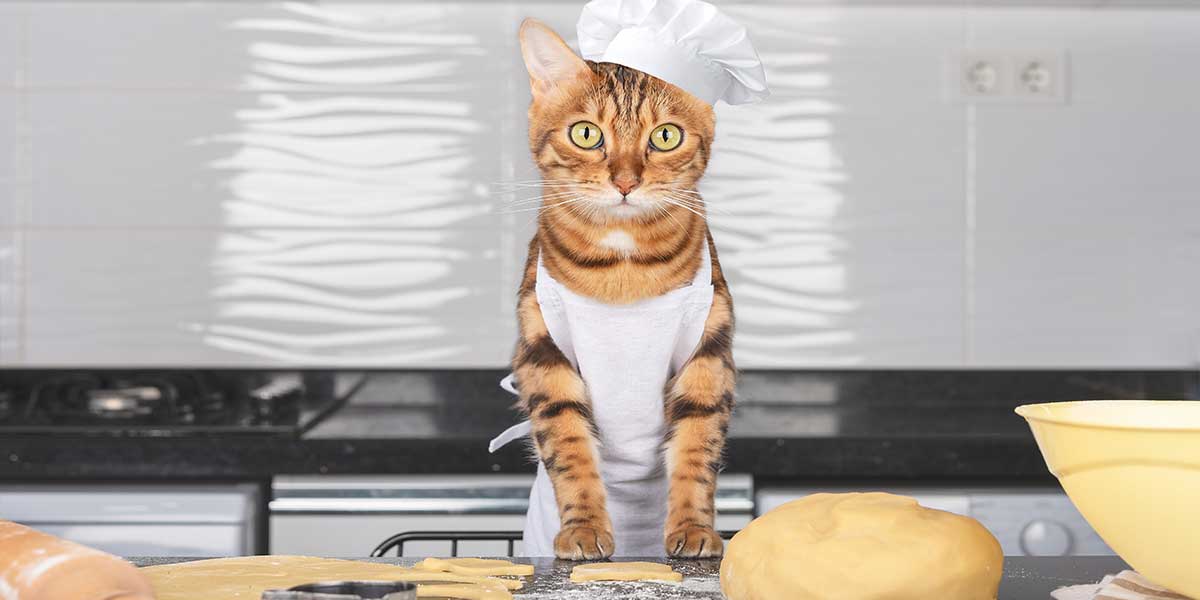The Blocked Cat- A Urinary Emergency
Let’s talk about the ins and outs of cat pee- or rather the lack of urine production. As a cat owner, checking your cat’s litter box daily and noting any changes in bathroom behavior is of utmost importance. It could save your cat’s life!
The scoop on pee – a lesson in anatomy and physiology
The urinary tract is composed of 4 parts: the kidneys, the ureters (tubes that connects the kidneys to the bladder), the bladder, and the urethra (tube through which urine exits your cat’s body into their litter box). The kidneys serve as the body’s monitoring system. They sense the composition of your cat’s body fluids and will discard unwanted products into urine. The urinary tract plays the vital role of removal and disposal of waste products from your cat’s body. It is also responsible for the balance of water and electrolytes. If there is a cease in the flow of urine production, harmful waste products back up into the bloodstream resulting in dangerous and potentially fatal effects. In cats this can occur as a result of a urinary obstruction, or as we in the veterinary field like to call it, a blocked cat. Urine contains mineralized material that can clump together to form crystals. These urinary crystals in conjunction with protein material and mucus can create a plug. This plug can become lodged along the length of the urethra resulting in an obstruction of urine flow. However, blockages are not exclusively caused by plugs. Smaller bladder stones can travel down the urinary tract where they become stuck in the urethra. Given the incredibly narrow size of the lumen of the urethra, even severe cases of inflammation resulting from cystitis or a muscle spasm is enough to cause an obstruction.
Know the signs
Is your cat a neutered male? If you answered yes, then he fits the profile for a cat who may be predisposed to suffering from a urethral obstruction. This is due to the narrow size of the male urethra. There are, however, numerous other factors that can potentiate a blockage, most notably, stress and living an indoor lifestyle. Other factors include decrease water intake/lack of access to water, bacteria within the urinary tract resulting in infection, and many other causes have been implicated as being responsible for the lead-up to getting blocked. In order to catch this potentially life threatening emergency in time, it is important to know the signs related to obstruction. Cats that are blocked may show these symptoms:
- Straining to urinate with little to no urine production- you may notice drops of blood in the urine (do not mistake this straining for constipation)
- Going in and out of the litter box numerous times
- Crying/yowling while attempting to urinate- a sign of pain (a urinary obstruction results in debilitating pain).
- Licking their nether regions
- Firm, painful, and occasionally distended abdomen
- Hiding
- Lethargy and decreased appetite
If you notice any of these signs, call your veterinarian immediately. Delaying medical care for even as little as a few hours can make the difference between a treatable emergency and a fatal mistake.
Puling the plug – relieving the urinary obstruction
After the diagnosis of a urinary obstruction is made, the first priority is to relieve the blockage. Your cat will be placed under anesthesia and a urinary catheter is passed through the urethra and into the bladder. This catheter will remain indwelling for several days to allow for inflammation of your cat’s urinary tract to subside. A veterinarian’s job is not over once your cat is “unblocked.” Managing a blocked cat also requires care beyond the relief of obstruction. The next step requires that the metabolic derangements created by the back up of waste material and toxins be corrected. This is done through the administration of IV fluids. Your veterinarian will likely need to hospitalize your cat in order to provide supportive care. This will be given in the form of pain relief as well as medications that promote normal urinary function (such as anti spasmodic agents to relieve muscle spasms). Although a blockage is a life threatening emergency, aggressive care results in a high rate of treatment success. Unfortunately, cats who suffer from urinary obstructions are likely to suffer another episode in their lifetime (some may even “reblock” immediately upon removal of the indwelling urinary catheter). For my repeat urethral blockage offenders, there is a surgical treatment option called a perineal urethrostomy (PU). This procedure removes the narrowest part of the urethra and facilitates easier urination. If your cat has endured multiple blockages, consult with your veterinarian to see if they are a candidate for a PU surgery to reduce their risk of reobstruction.
The bottom line
Feline urethral obstructions are a potentially fatal but treatable emergency mainly affecting male cats. As a pet parent it is vital to understand the signs of a urinary obstruction in order for your cat to have the best outcome. To read more about your cats’ health and tips for making sure they are healthy and strong, read more in the Skoon blogs.

